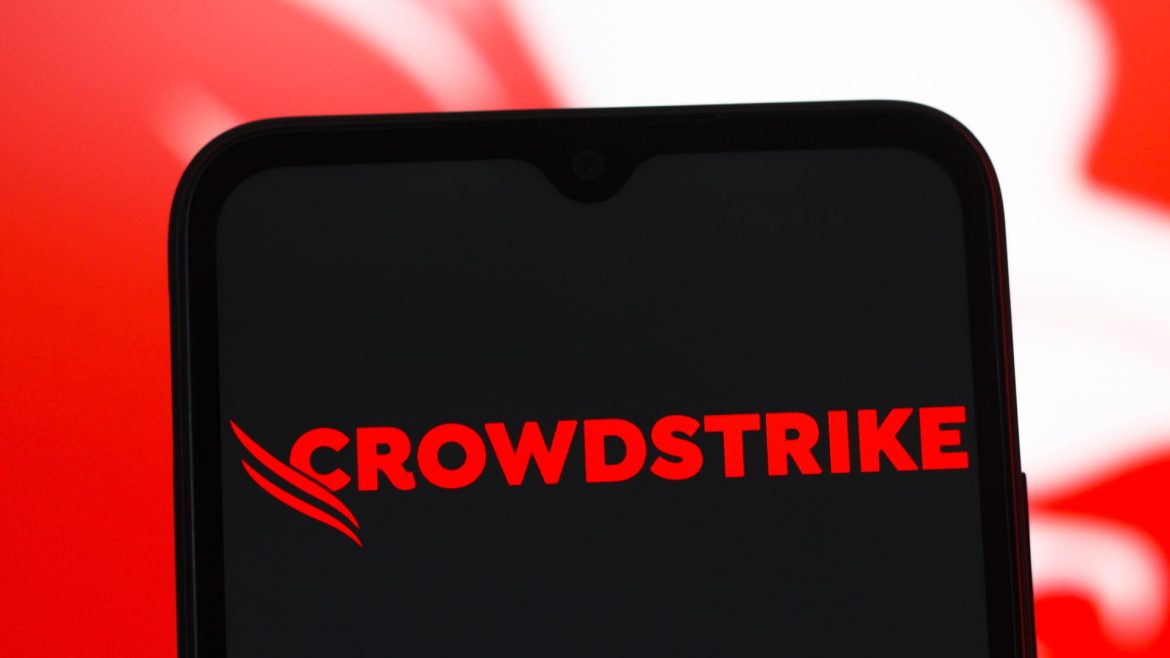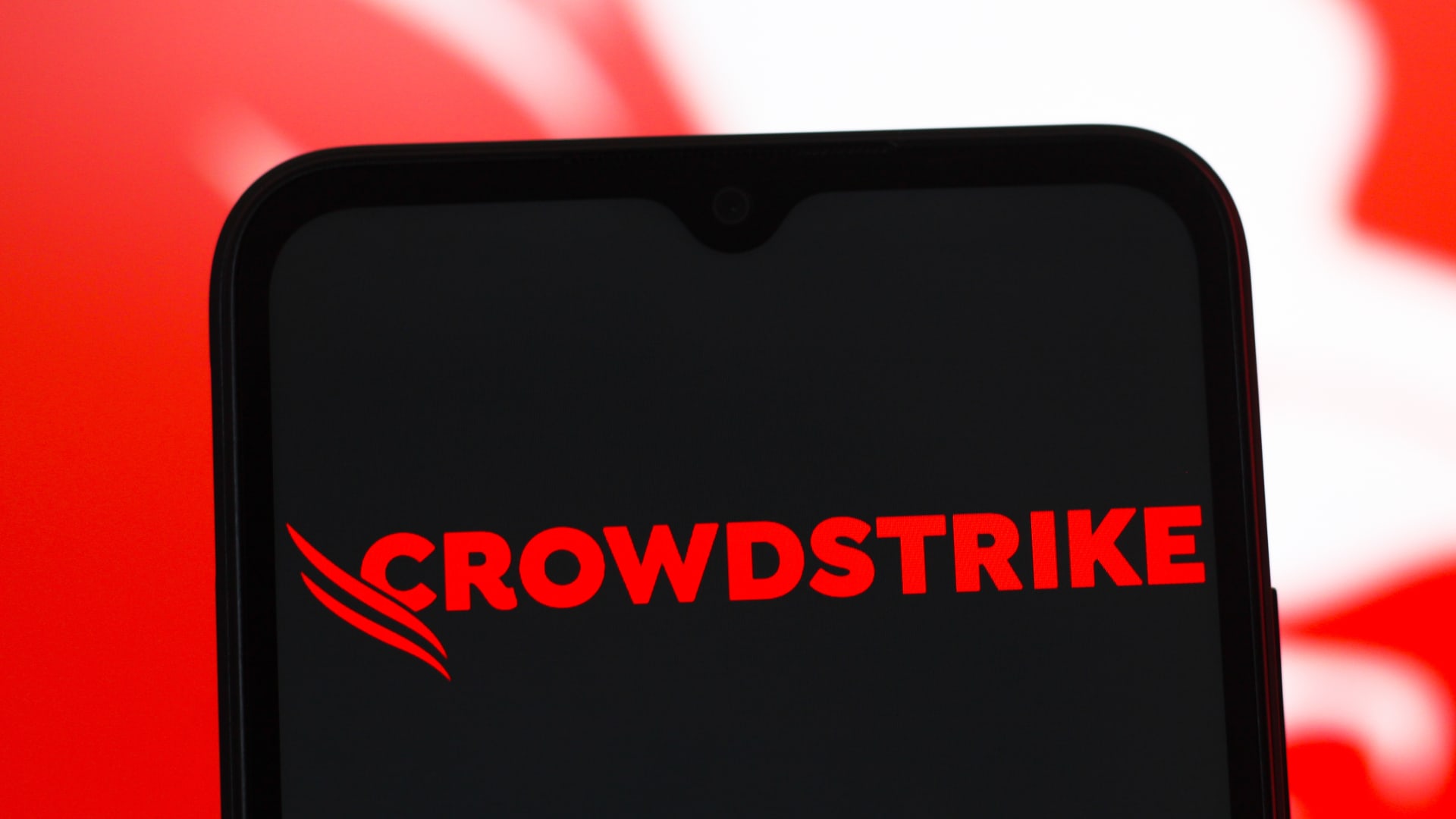Understanding the Valuation Gap: CrowdStrike vs. Palo Alto Networks
Wall Street currently values CrowdStrike significantly higher than Palo Alto Networks despite both being major cybersecurity players. CrowdStrike trades at around 21 times its next fiscal year’s sales estimates, whereas Palo Alto Networks is valued more modestly at just over 13 times this year’s price-to-sales (P/S) ratio. This valuation premium for CrowdStrike is primarily driven by investor confidence in its faster growth trajectory and stronger potential, particularly due to its cloud-native, subscription-based software model, which promises recurring revenues and high margins.
Business Models and Growth Prospects
CrowdStrike: The Growth Dynamo
CrowdStrike’s business centers on a cloud-native AI-driven cybersecurity platform known as CrowdStrike Security Cloud. This platform emphasizes endpoint protection, threat intelligence, and zero-trust architecture (ZTA). Gartner ratings place CrowdStrike ahead of Palo Alto Networks and other competitors in the endpoint protection space, reflecting superior customer satisfaction and product innovation. Investors prize CrowdStrike’s rapid expansion pace and milder expected slowdown in near-term growth, betting on sustained momentum fueled by continuous innovation and AI integration into cybersecurity.
Palo Alto Networks: Established but Mature
Palo Alto Networks, founded by the creator of the first stateful firewall, holds a more diversified product portfolio encompassing firewalls, cloud security, and AI-enhanced threat detection. It is a more established industry leader but is currently facing a deceleration in growth as reflected in company guidance. Despite its diverse offerings, Palo Alto appears to struggle with consistent profitability and value creation compared to CrowdStrike’s momentum, with some investors perceiving it as a “value” stock given its lower valuation multiples.
Financial Metrics and Market Performance
CrowdStrike’s stock surged roughly 163% over the past year, vastly outperforming Palo Alto Networks, which appreciated approximately 53% during the same period. However, this outperformance comes with a higher price-to-earnings (P/E) ratio, around ten times that of Palo Alto’s, signaling more expensive shares that demand higher growth to justify current prices.
Palo Alto, meanwhile, distinguishes itself with better free cash flow margins—about 37% compared to CrowdStrike’s thinner margins—illustrating greater operational efficiency and cash generation capability. This strong cash flow offers a financial cushion that appeals to value-conscious investors wary of growth stocks’ volatility.
Product Differentiation and Competitive Position
CrowdStrike’s AI-powered, cloud-based Falcon platform is considered highly innovative, leveraging machine learning for real-time threat detection and response. Its end-to-end security approach, including zero-trust access and threat hunting, resonates well with enterprises looking for agile, scalable protections.
Palo Alto’s comprehensive security bundles, rooted in its historic firewall dominance, cater to customers seeking consolidated cybersecurity stacks. However, its comparatively less cloud-native architecture and the recent radical shift in business strategy have led to mixed market reactions. Despite opinion differences, Gartner reviews and verifiable user ratings affirm high satisfaction with both companies’ offerings, with CrowdStrike slightly edging out in user experience metrics.
Investor Sentiment and Market Risks
Investor sentiment toward CrowdStrike seems buoyed by belief in the longevity of subscription-based cloud models and continued AI advancements in cybersecurity. Yet, this optimism comes with risks, including CrowdStrike’s recent software outage and elevated valuation placing pressure on future performance.
Conversely, Palo Alto Networks is viewed as a strong “value” play in cybersecurity, with Wall Street analysts generally assigning more conservative price targets, factoring in the company’s slower growth and solid free cash flow. Its lower valuation multiple suggests less risk of a sharp correction but possibly limited upside compared to CrowdStrike’s aggressive growth potential.
Conclusion: Which Stock Holds the Edge for 2025?
Choosing between CrowdStrike and Palo Alto Networks boils down to investor appetite for growth versus value and risk tolerance:
– CrowdStrike is best suited for investors prioritizing growth, innovation, and exposure to cutting-edge, cloud-native cybersecurity AI solutions. Its premium valuation reflects confidence in rapid expansion and market share gains but requires continued execution to justify these rich multiples.
– Palo Alto Networks offers a more stable, diversified play anchored by robust free cash flow and a slightly cheaper valuation. It appeals to investors seeking steady returns in cybersecurity with less exposure to volatility inherent in high-growth tech stocks.
Both stocks remain solid long-term bets within the vital and expanding cybersecurity industry, which is becoming increasingly critical as cyber threats evolve. Balancing growth potential with valuation risk and personal investment horizon will guide the better choice in this ongoing head-to-head between two cybersecurity giants.





